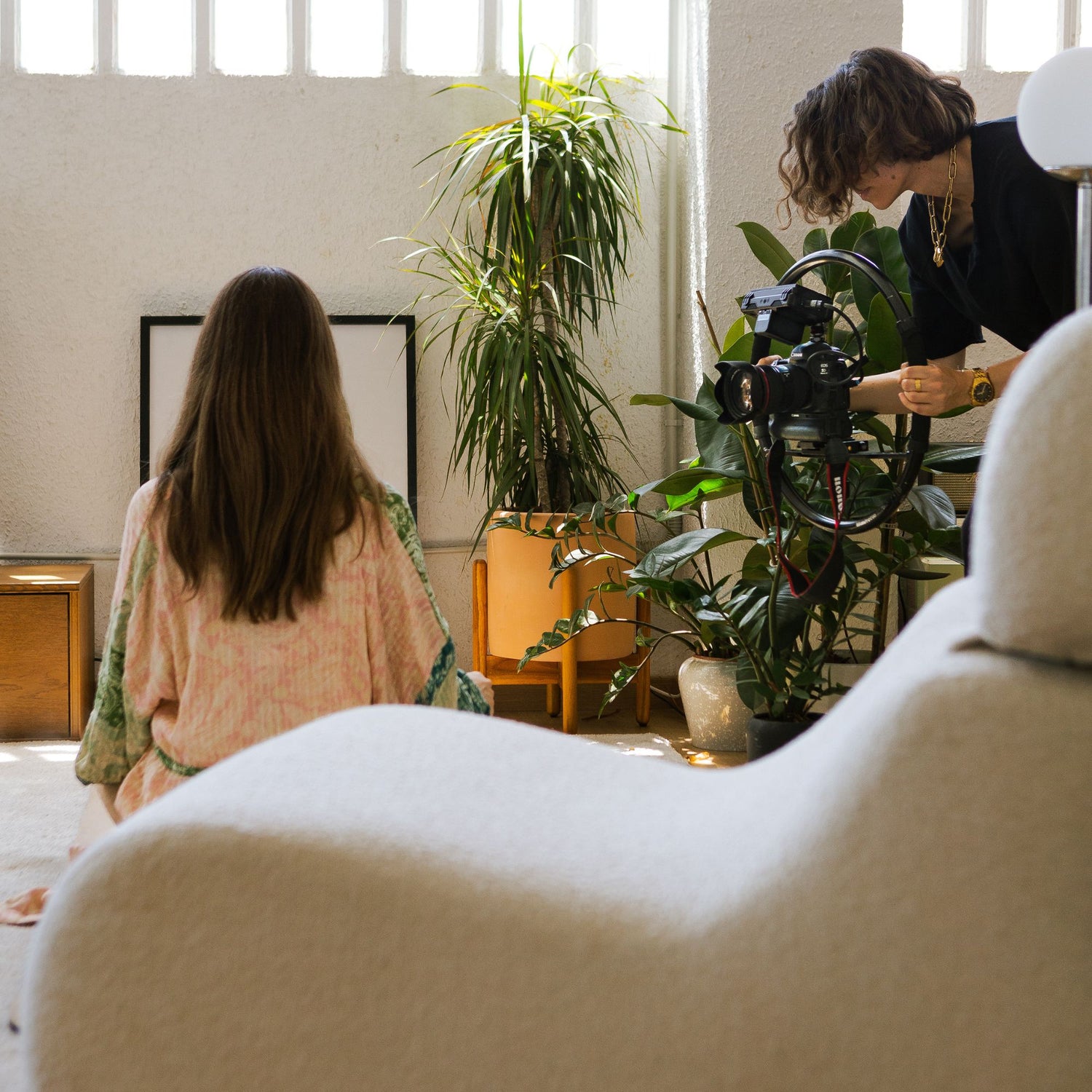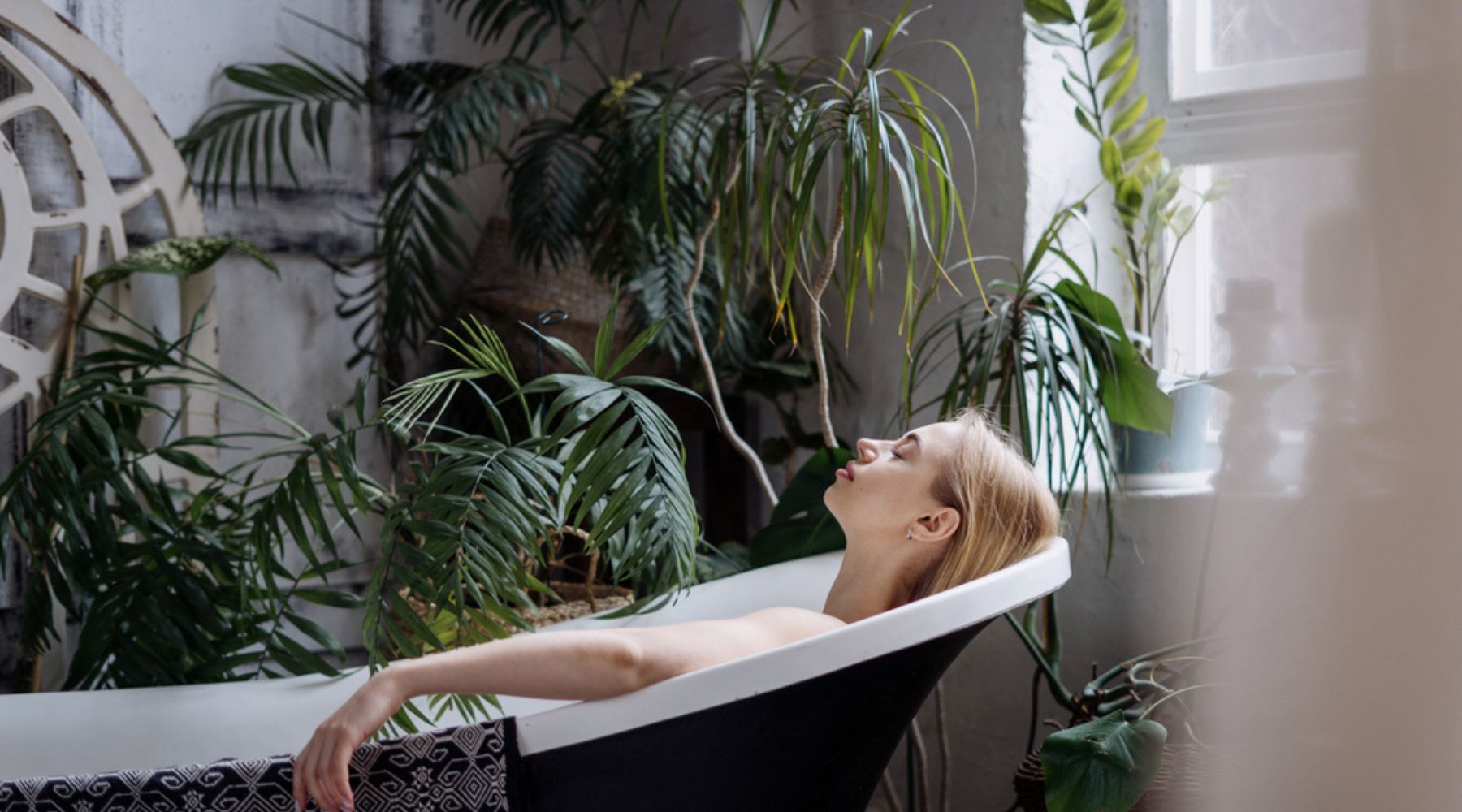If you’re at all familiar with eco-living, you’ve probably already heard the term ‘green cleaning’. But there’s a lot more to the concept than what might be initially obvious through the ‘green’ title.
So, let’s look at what is green cleaning, what kinds of products it covers, and some tips for starting eco-cleaning in your home.
What is Green Cleaning?
Green cleaning refers to household cleaning products that don’t use toxic (or potentially harmful) synthetic or natural additives. It’s worth noting that green doesn’t always mean completely natural, as there are numerous synthetic components that are perfectly safe.
Unsurprisingly, there’s no legal marketing definition for green cleaning. This means companies can be a bit flexible with what they decide is eco-friendly. For us as consumers, we therefore need to have a personal idea of what we consider green.
As a general rule, though, green cleaning products typically have the following features:
- Natural ingredients may have labels identifying them as organic and/or sustainable
- Recyclable packaging (or as little packaging as possible)
- No artificial colours or fragrances
- No chlorine
- No phosphates
Ideally, a green cleaning company should be as transparent as possible about its ingredients. If they’re not, be wary, and check the ingredients list for clarification.
Natural vs. Synthetic Ingredients in Green Cleaning
The most natural form of green cleaning involves things like bicarbonate of soda, vinegar, lemon juice, etc. Most people view these products as the cleanest and greenest natural things to use around your home. But is natural always safer?
Well, not necessarily. First, it really depends on where you draw the line between natural and synthetic. Take bicarbonate of soda, for example. The tub you buy for cleaning your drains was most likely made in a lab or factory. Does this make it natural or synthetic?
Similarly, some cleaning chemicals (limonene, for example) are naturally derived even though they sound synthetic. Limonene is a chemical found in citrus peels and is incredibly good at removing grease and stains.
So, treading the line between natural and synthetic ingredients is actually pretty difficult. Luckily, you don’t need a degree in chemistry to know what to avoid. Here’s a quick roundup of the main synthetic chemicals to avoid in your green cleaning products.
Phosphates
Phosphates are commonly found in cleaning products because they reduce soap scum. We actually need phosphates in our diet, too, but only in small quantities. However, the concern here is that it builds up in waterways and creates algae blooms, affecting marine life.
Optical Brighteners
Optical brighteners are found in cleaning products such as oxygen-based bleach and, unsurprisingly, make clothes appear brighter. Again, these aren’t bad for our bodies, but they’re not biodegradable. As you can probably guess, it means they accumulate in waterways.
Dichlorobenzene
Dichlorobenzene (DCB) is a solvent used in everything from insecticides and chemical production to toilet deodorisers and air fresheners. It’s not super harmful, but long-term exposure can lead to irritation of the lungs.
Ethanolamines
Ethanolamines are emulsifiers found in a range of cleaning products, including dish soap, laundry detergents, and surface cleaners. These products can cause mild dermatitis and asthmatic reactions, and severe eye irritations. They’re labelled in the ingredients list as monoethanolamine (MEA), diethanolamine (DEA), and triethanolamine (TEA).
Tips for Green Cleaning
Making the switch to green cleaning products isn’t too difficult once you know what to look for. Here at hygëia, we’re obviously all about natural, eco-friendly cleaning products. So, here are some of our top tips for making the switch.
1. Natural doesn’t mean non-toxic
Another important distinction is natural and non-toxic. For example, ammonia is ‘natural’ in that it is a naturally-occurring product, but exposure can lead to irritation or internal damage.
Using non-toxic cleaners is particularly important if you have kids or pets in the house. Luckily, there are clear legal guidelines for the definition of non-toxic. So, if a product uses it on its label, it’ll be true.
2. Look out for brand transparency
Brand transparency is vital when choosing green cleaning products. Without much effort, you should be able to find information on a brand’s ingredients, environmental impact and certifications.
Companies may display this information on their website or you might have to contact them directly. Either way, there should be clear information about their products that can help you make your decision.
3. Be wary of greenwashing
The flipside of brand transparency is greenwashing. In short, this is when a company with questionable environmental concerns throws an ‘eco’ label on its products and calls it a day.
It’s most common with large, recognisable name brands sold in larger stores. For example, a well-known cleaning company recently released biodegradable surface wipes while also making no effort to remove its previous lines from the shelves. This is a textbook definition of greenwashing.

4. Start small
Don’t expect to change your entire household cleaning routine overnight. Start with one product to get a feel for green cleaning and then make the shift gradually. Good places to begin include kitchen sprays, glass cleaners, and bathroom cleaners.
For example, one of the all-time best products for cleaning glass is vinegar. It’s easy to buy and does the job well. An eco kitchen spray will be something you use often, so it can help get you into a good routine.
5. Acknowledge the benefits are far-reaching
Non-toxic cleaning products are good for use around the home, especially if you have kids and pets. They can do the same great job without you having to worry about irritating sensitive skin.
But green cleaning products go beyond the home. Using naturally derived, non-toxic ingredients benefits waterways and wildlife at large because they’re biodegradable and are far less likely to damage ecosystems.
Starting Your Green Cleaning Journey with hygëia
Hopefully, you’ve now got a clearer definition of what is green cleaning. It doesn’t necessarily make labels easier to navigate, but at least you’ve got some of the main points for finding the dodgy ingredients.Why not start your green cleaning journey with hygëia? Our products are all-natural and non-toxic, and they work just as well as the brands you’re used to. Sign up now to get our starter pack, which contains everything you need for a sparkling home.



